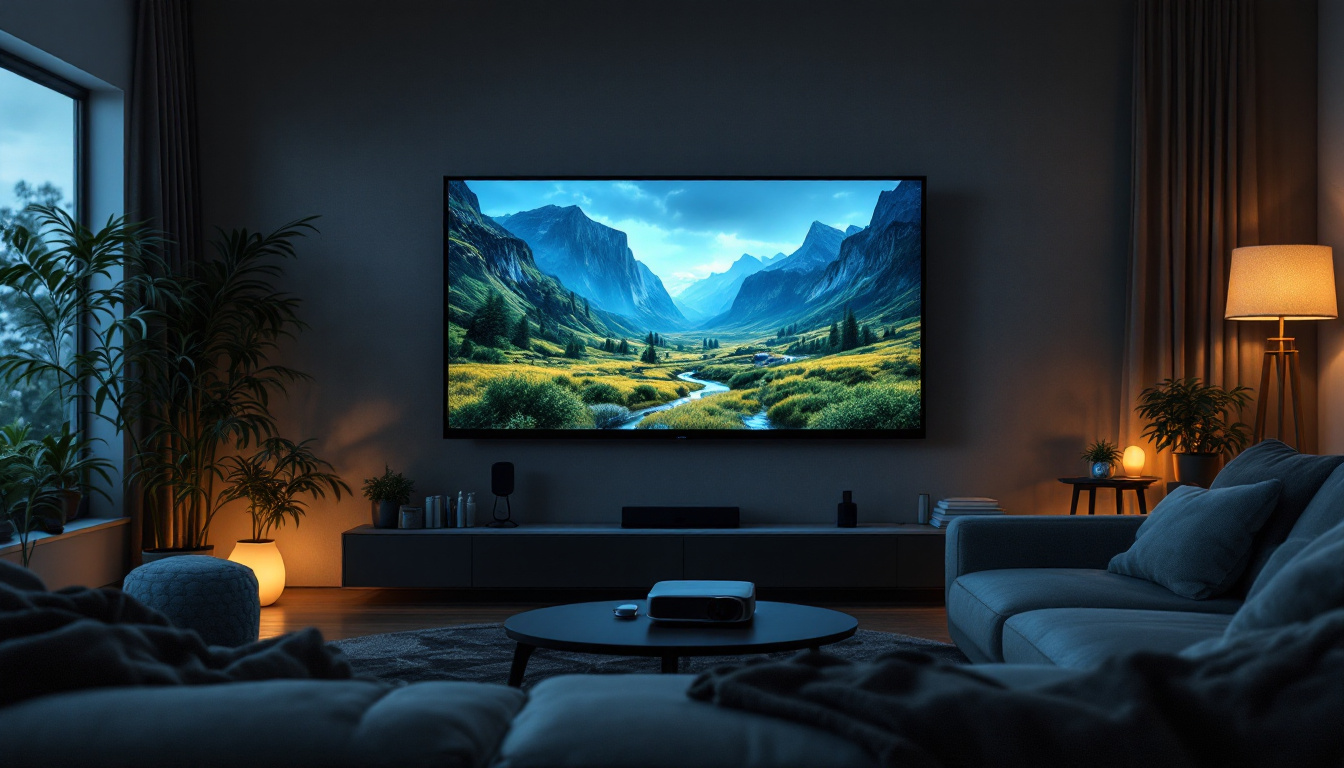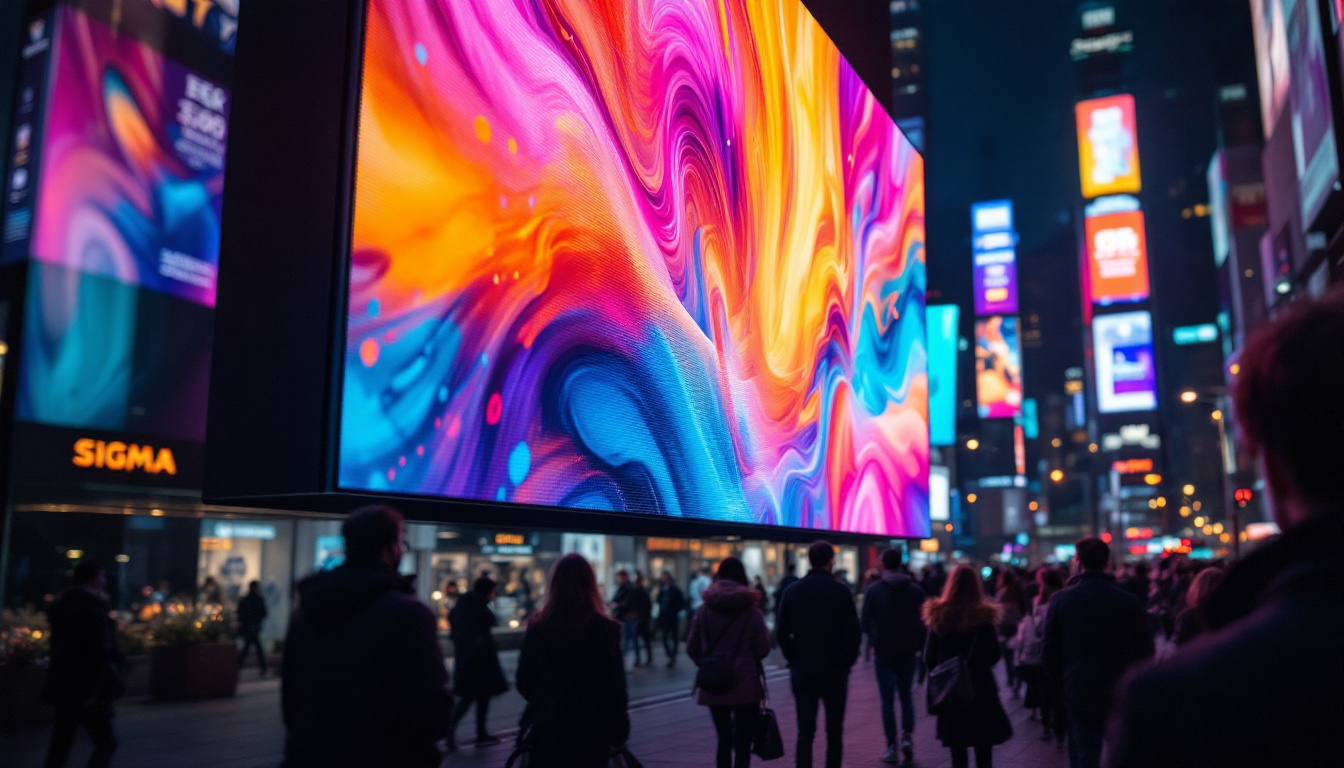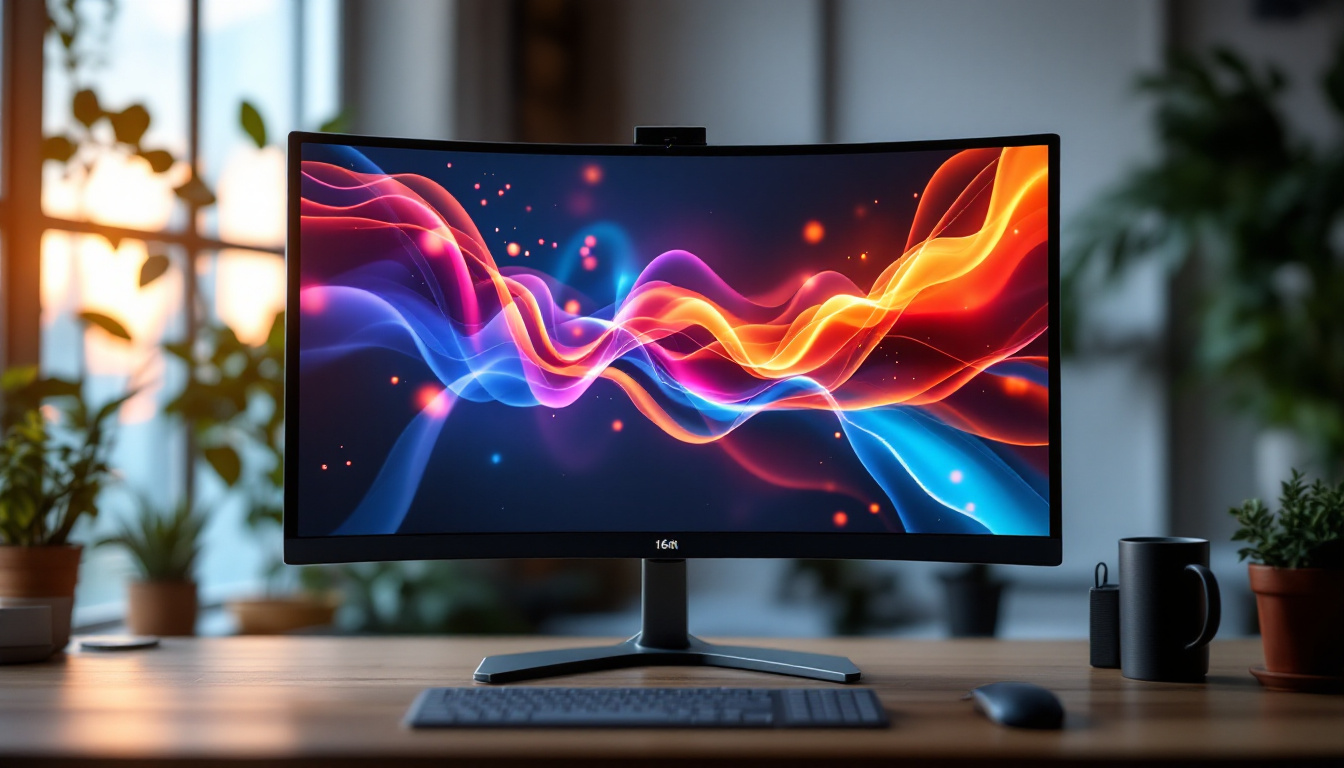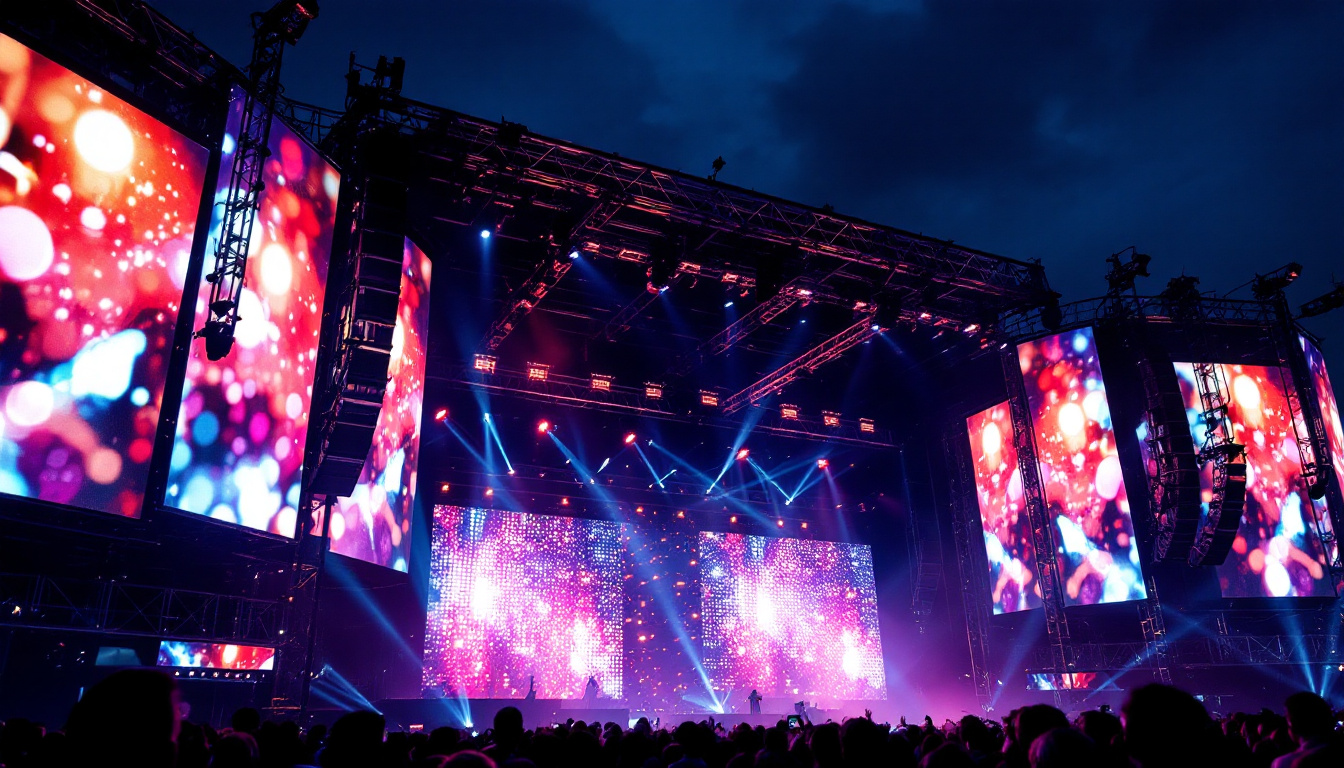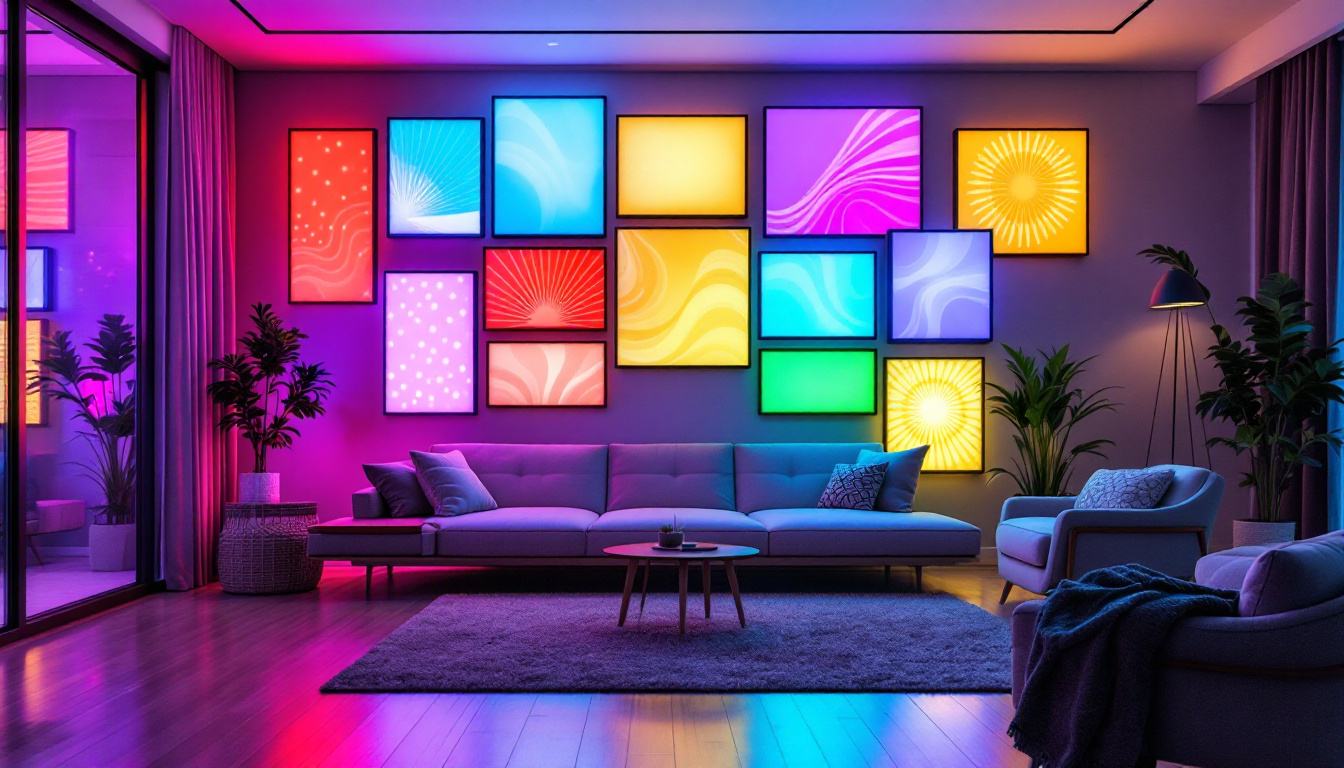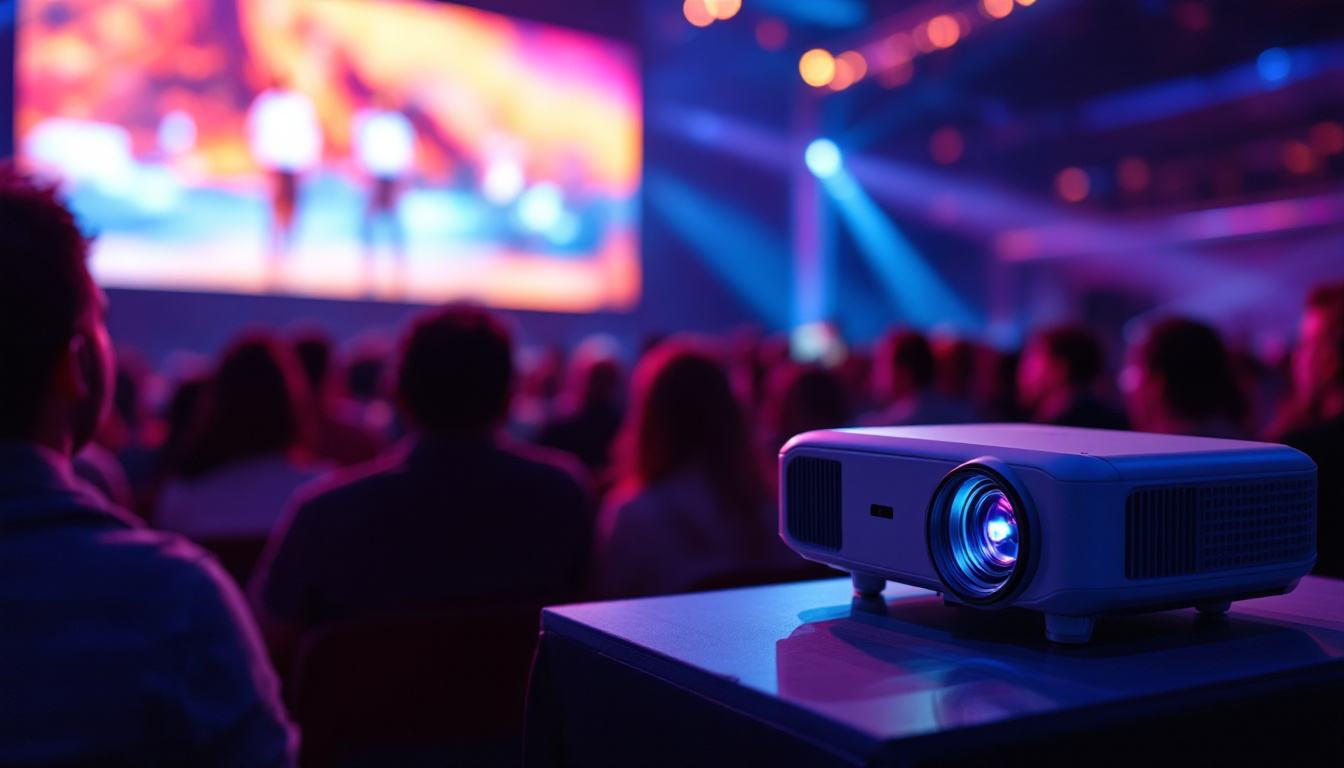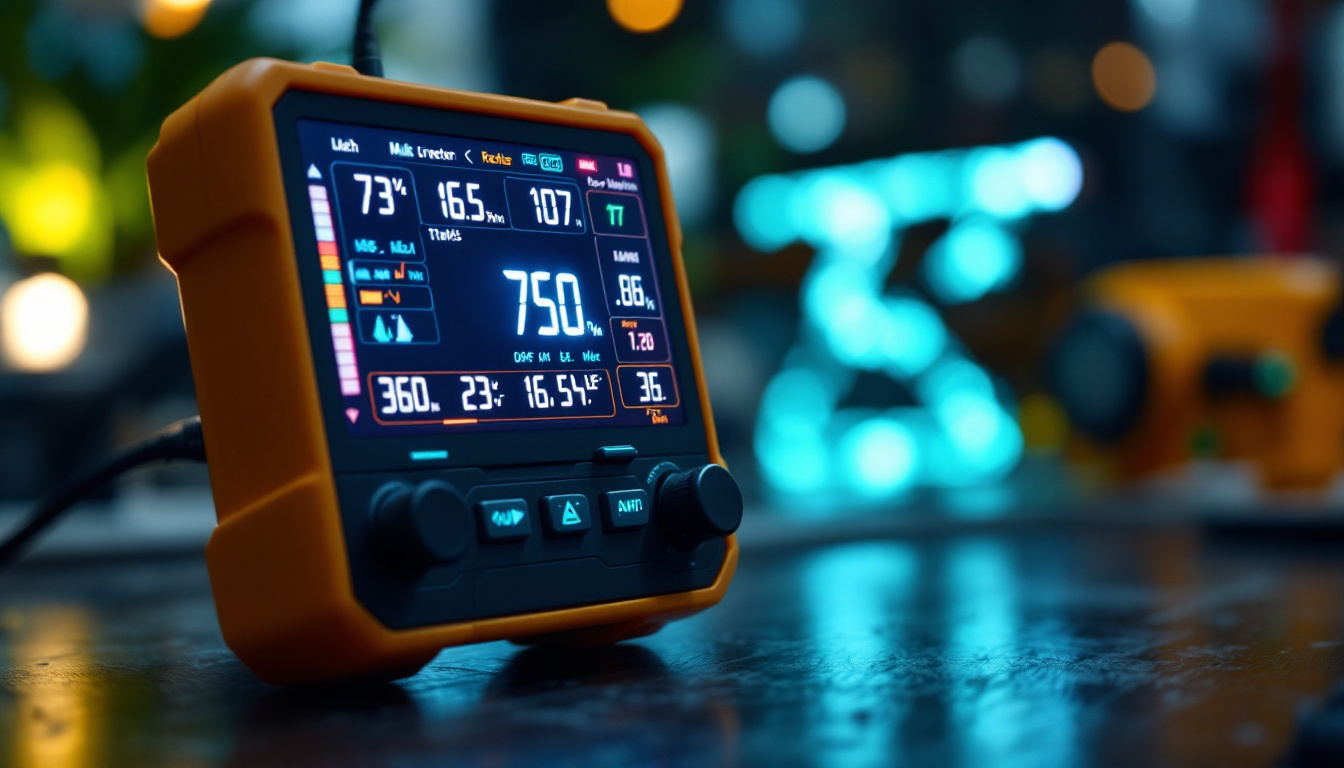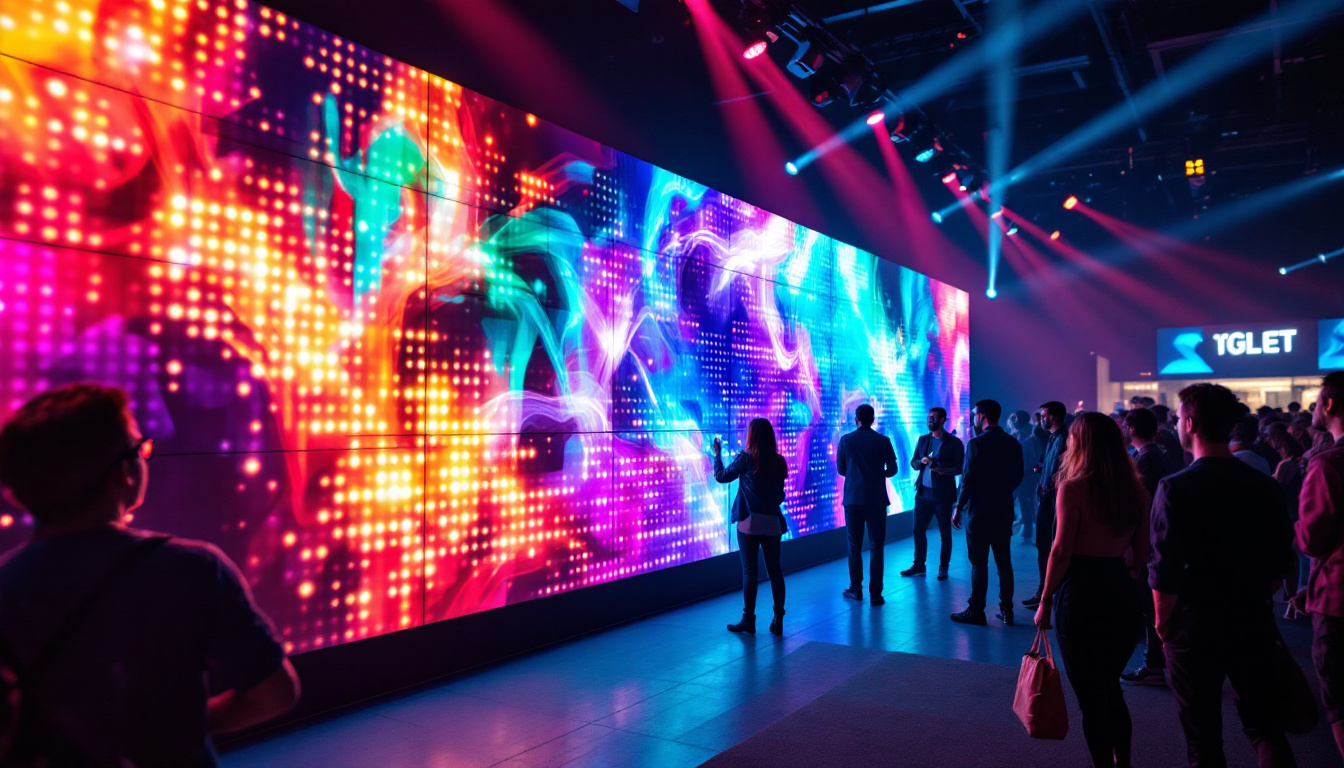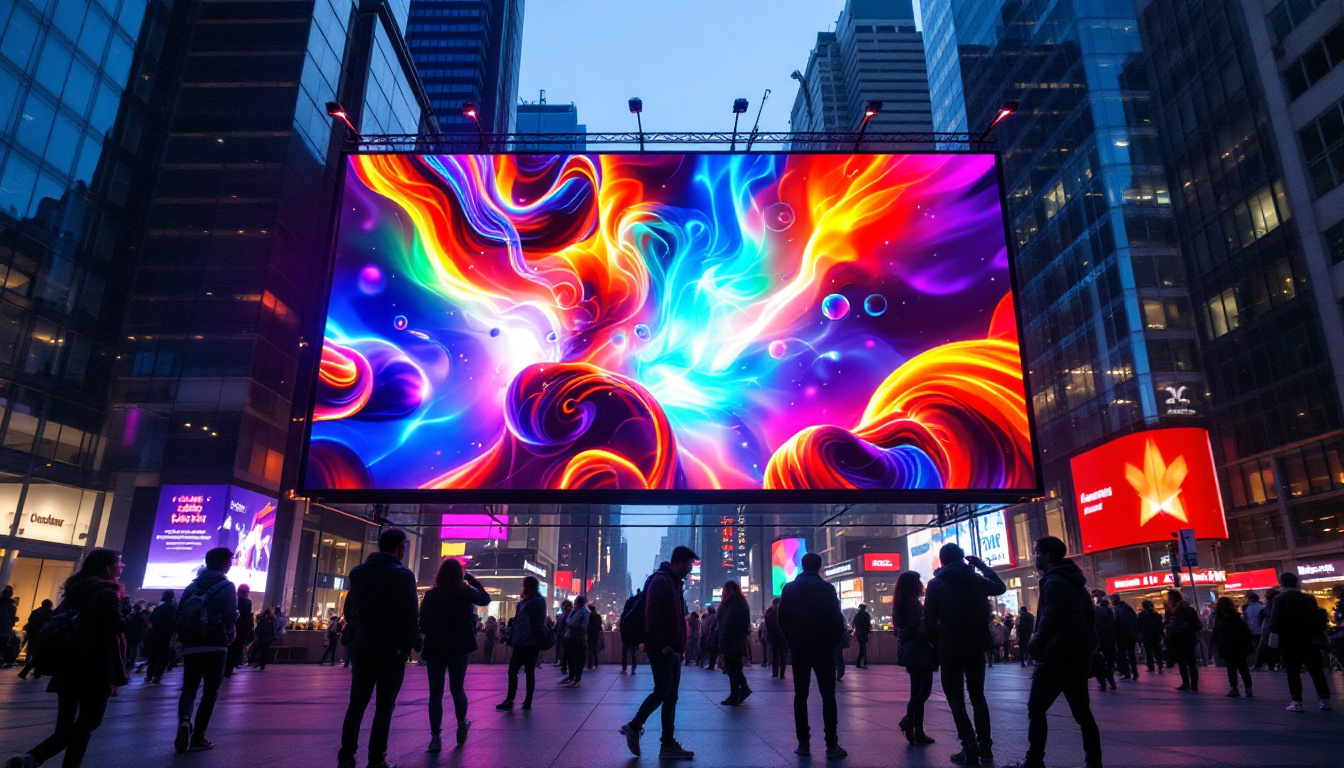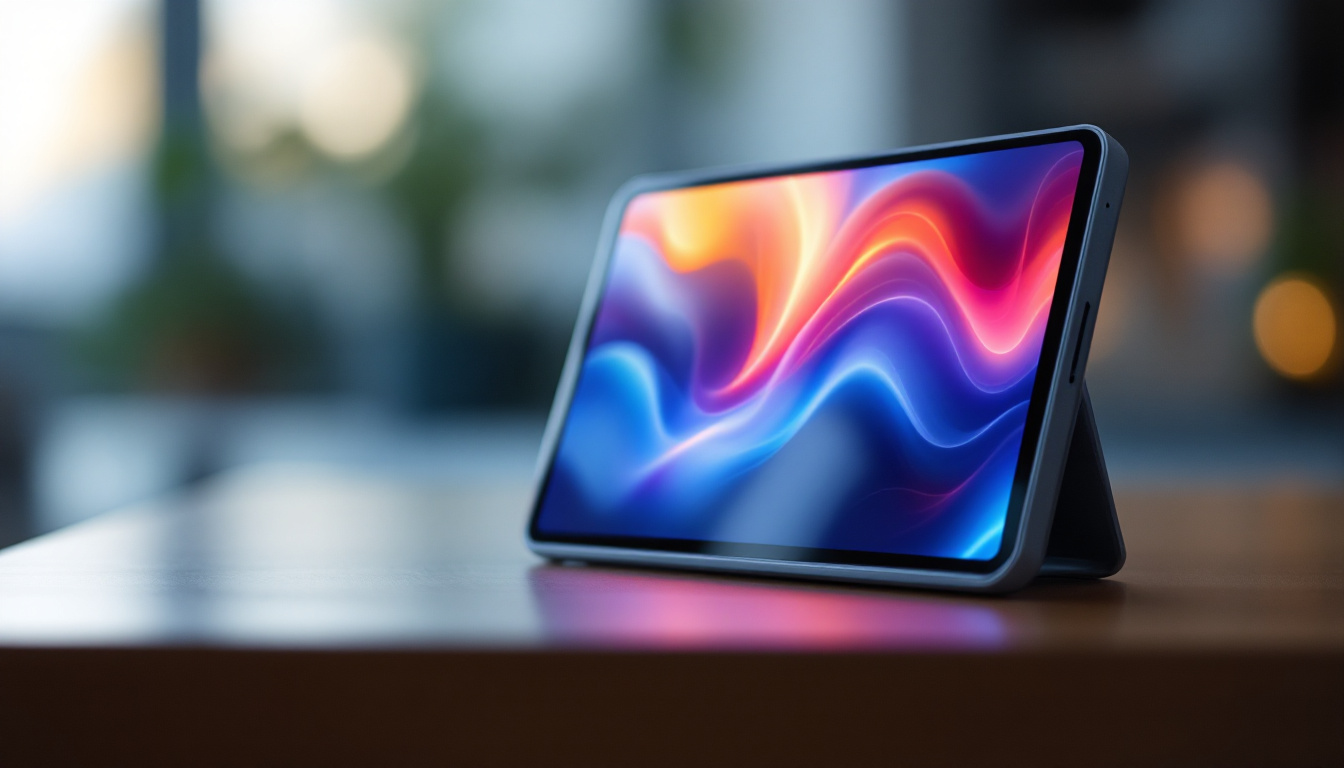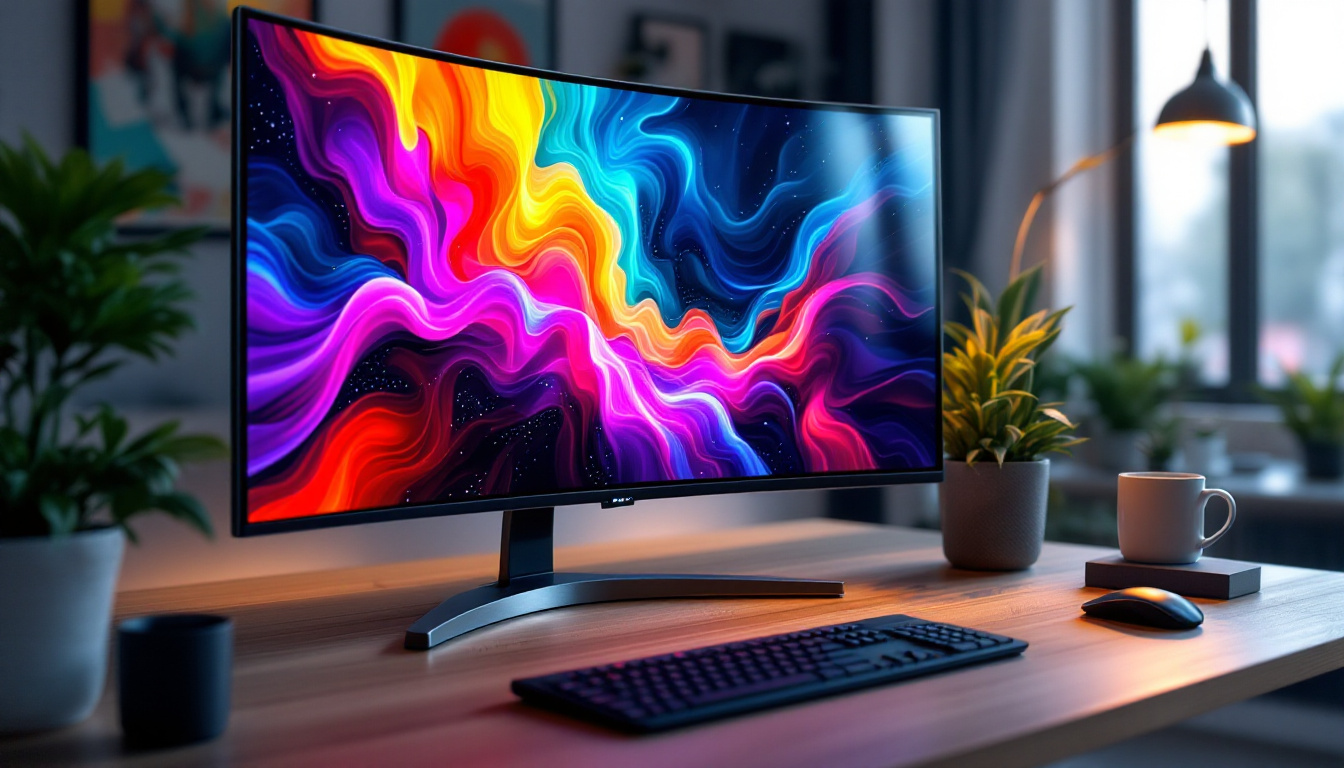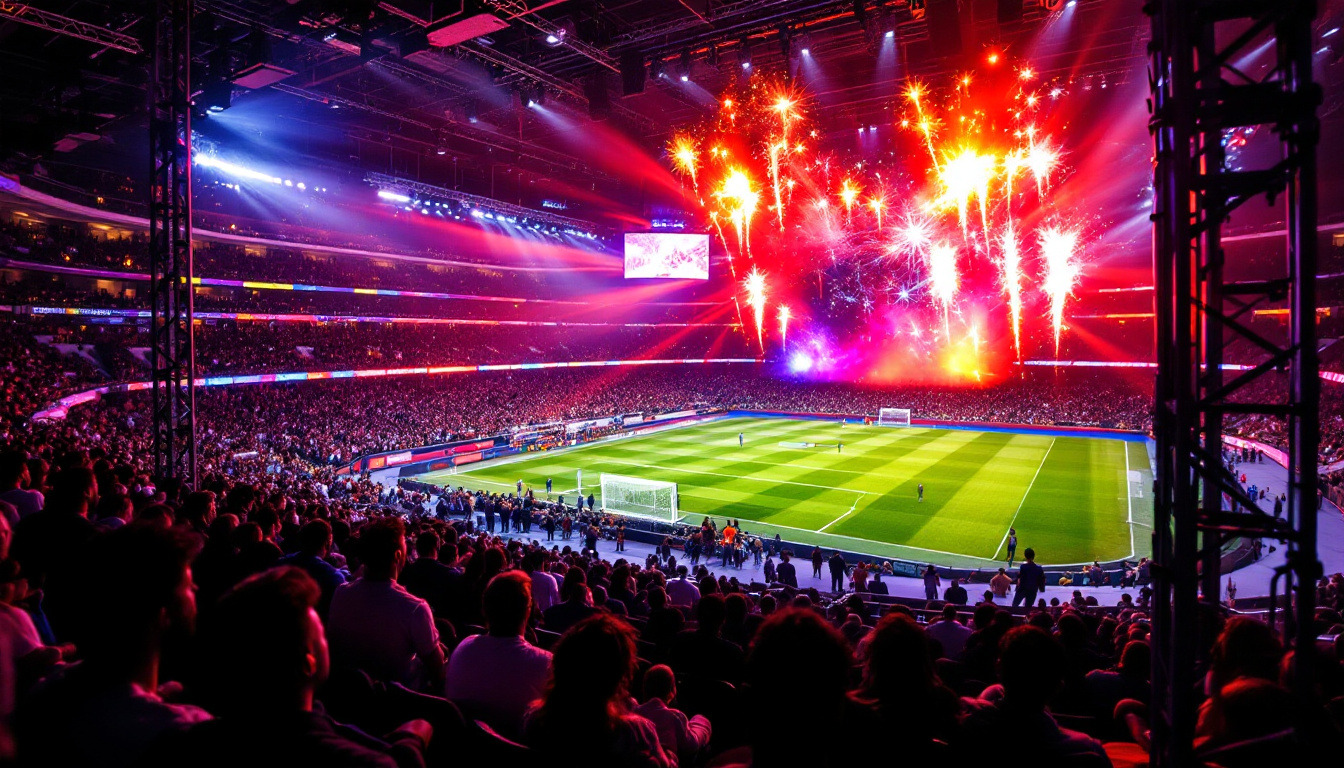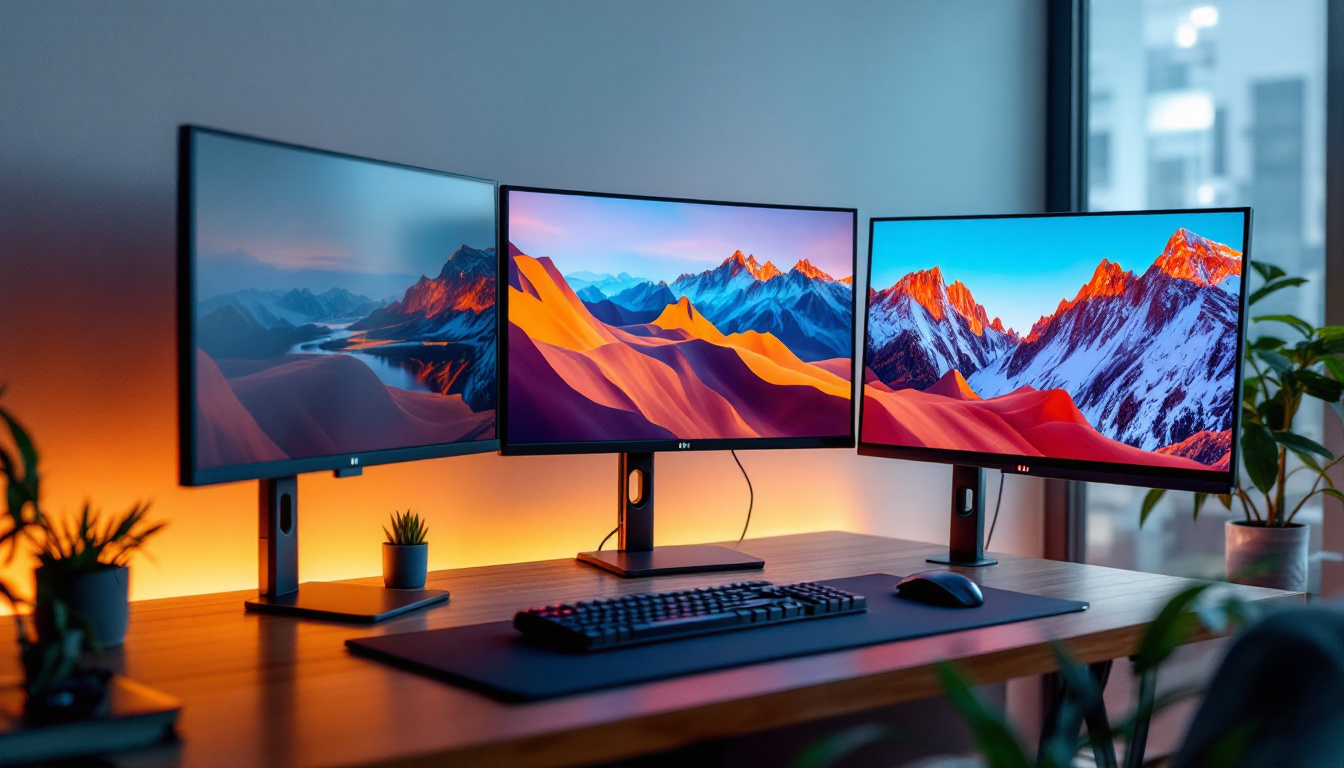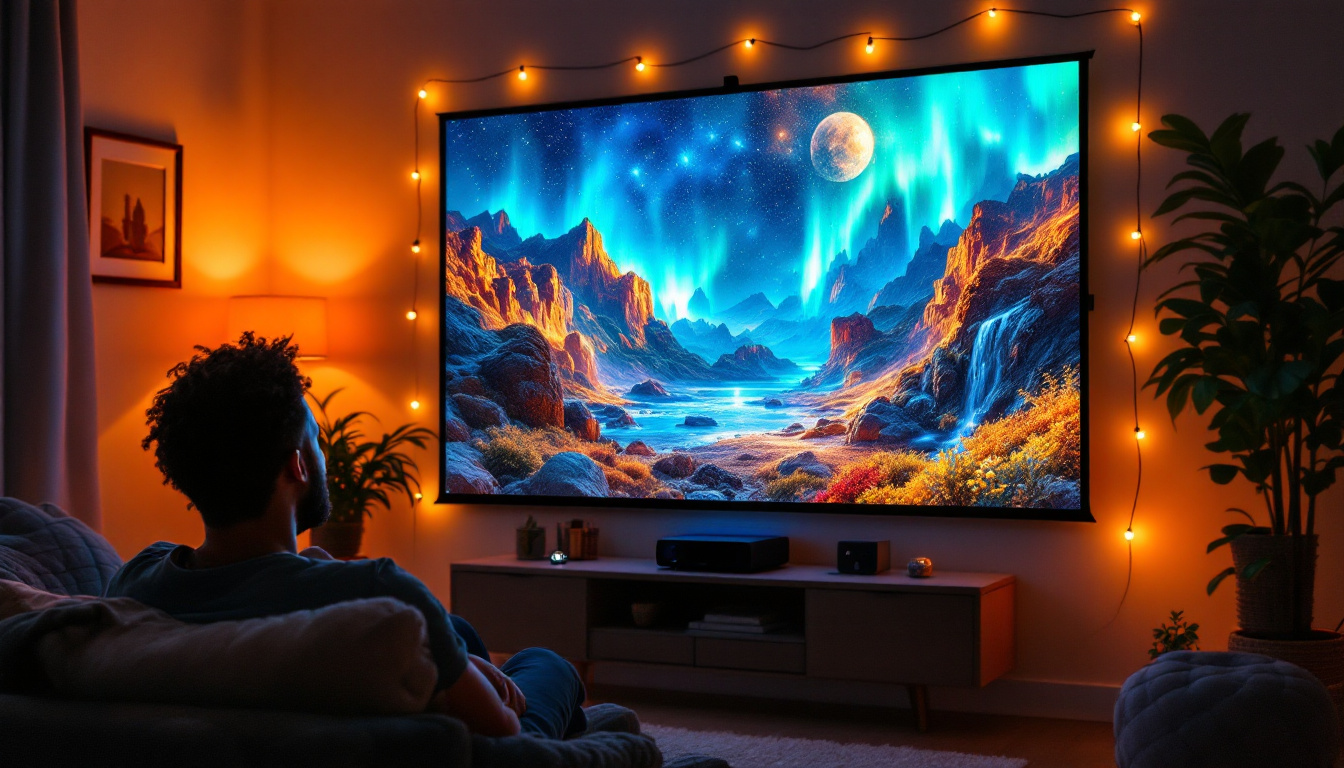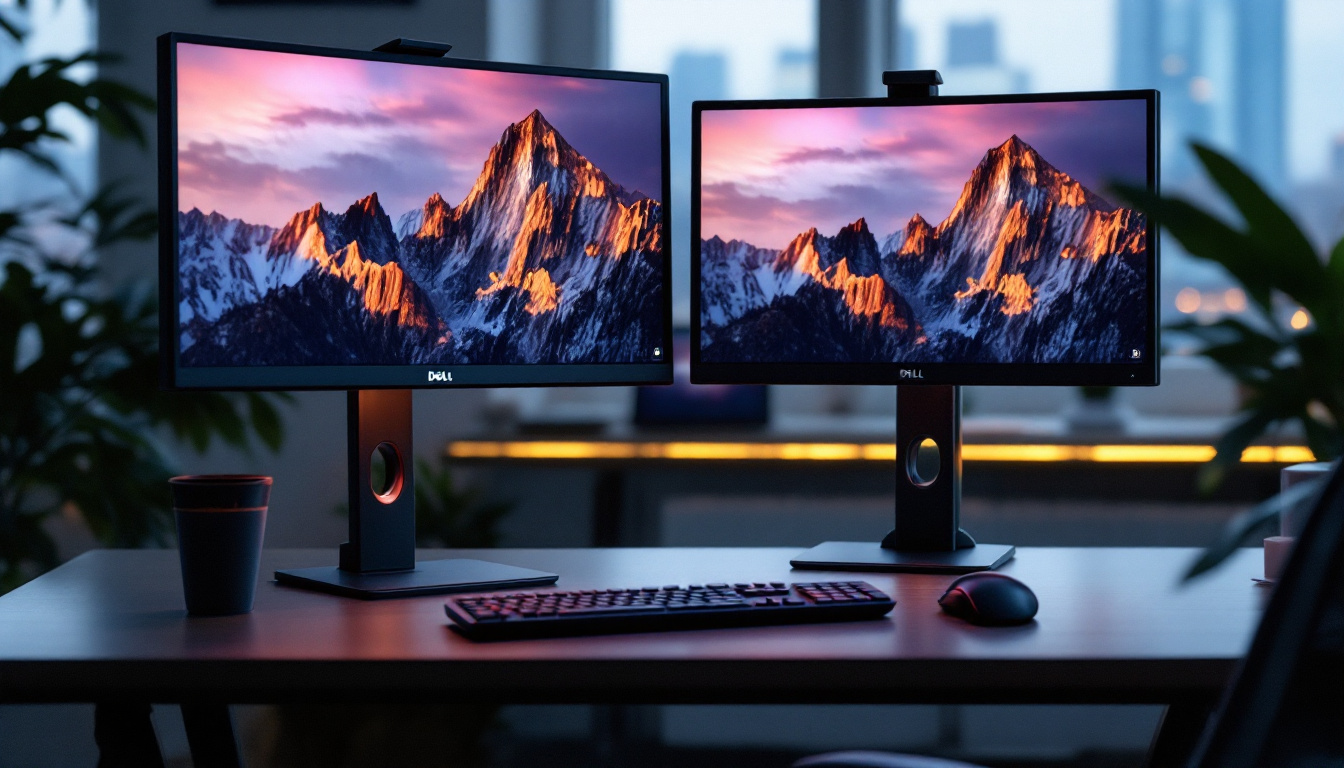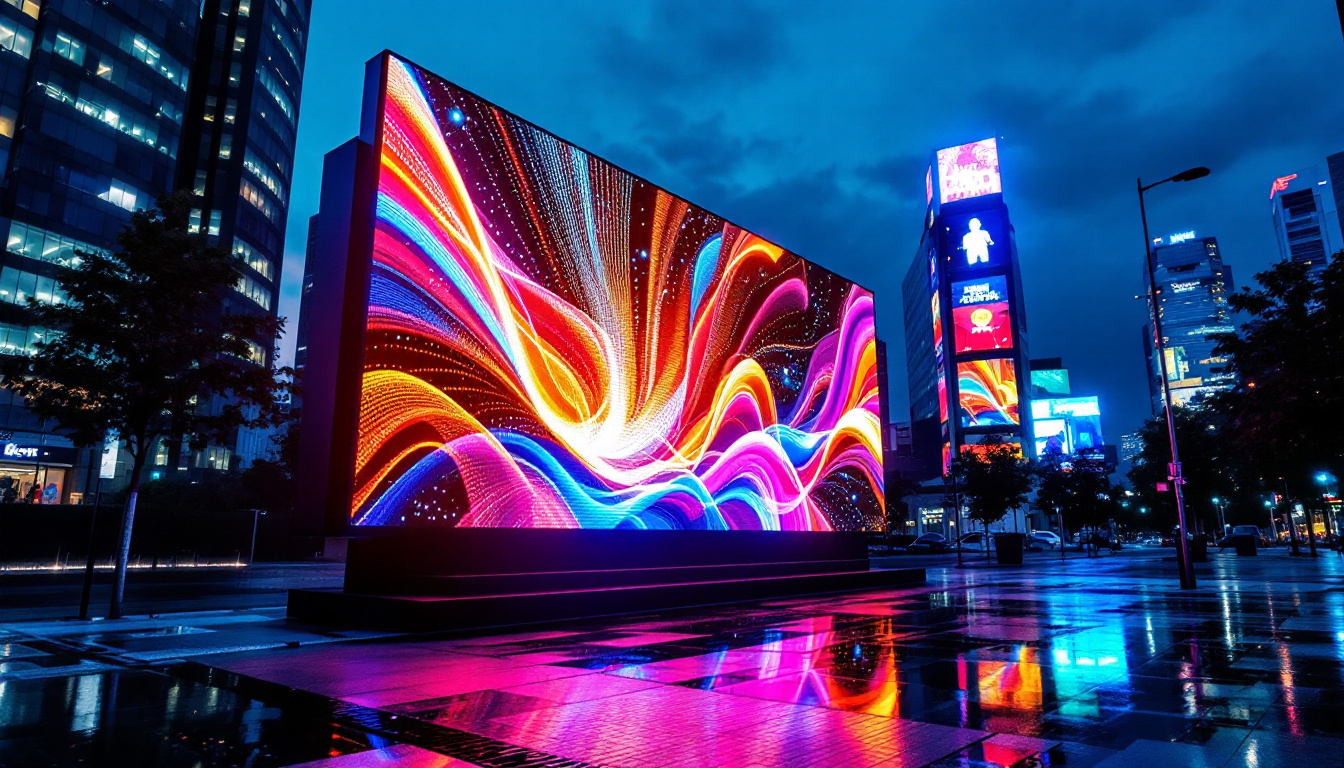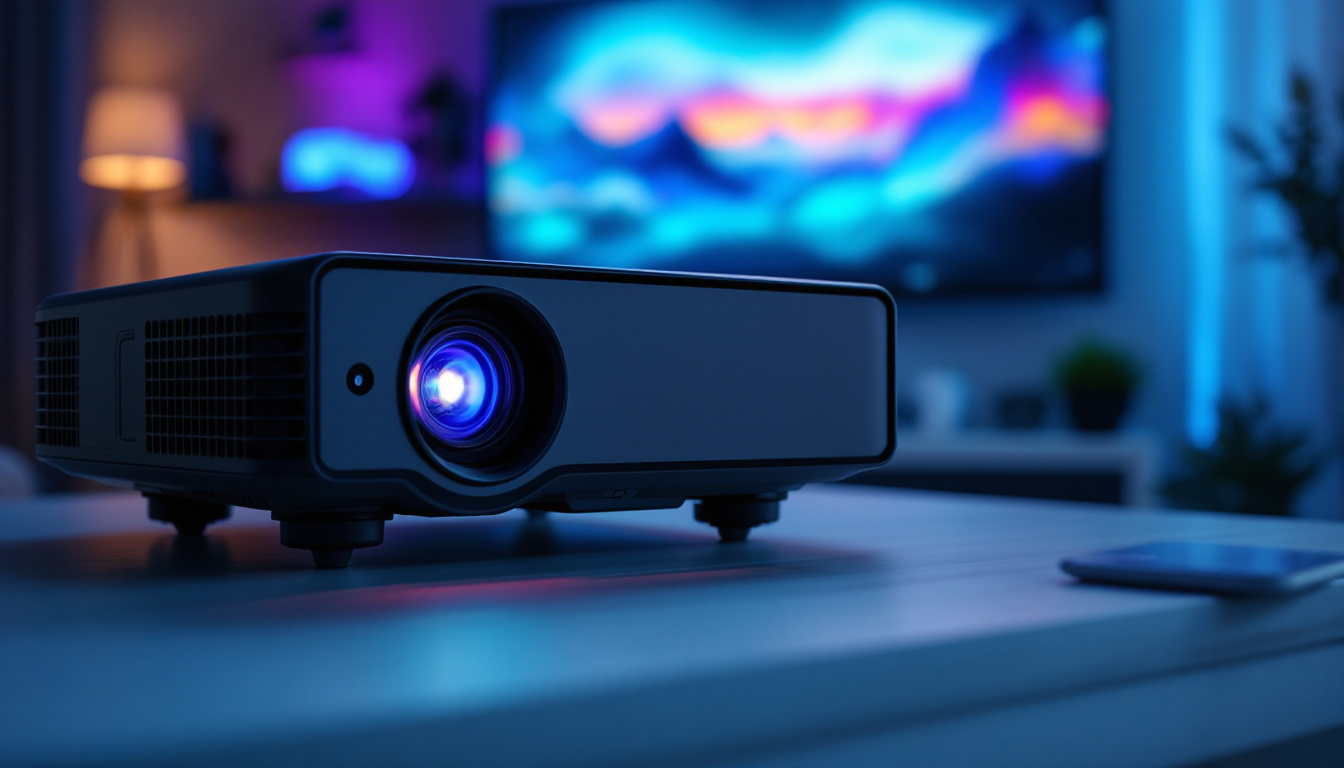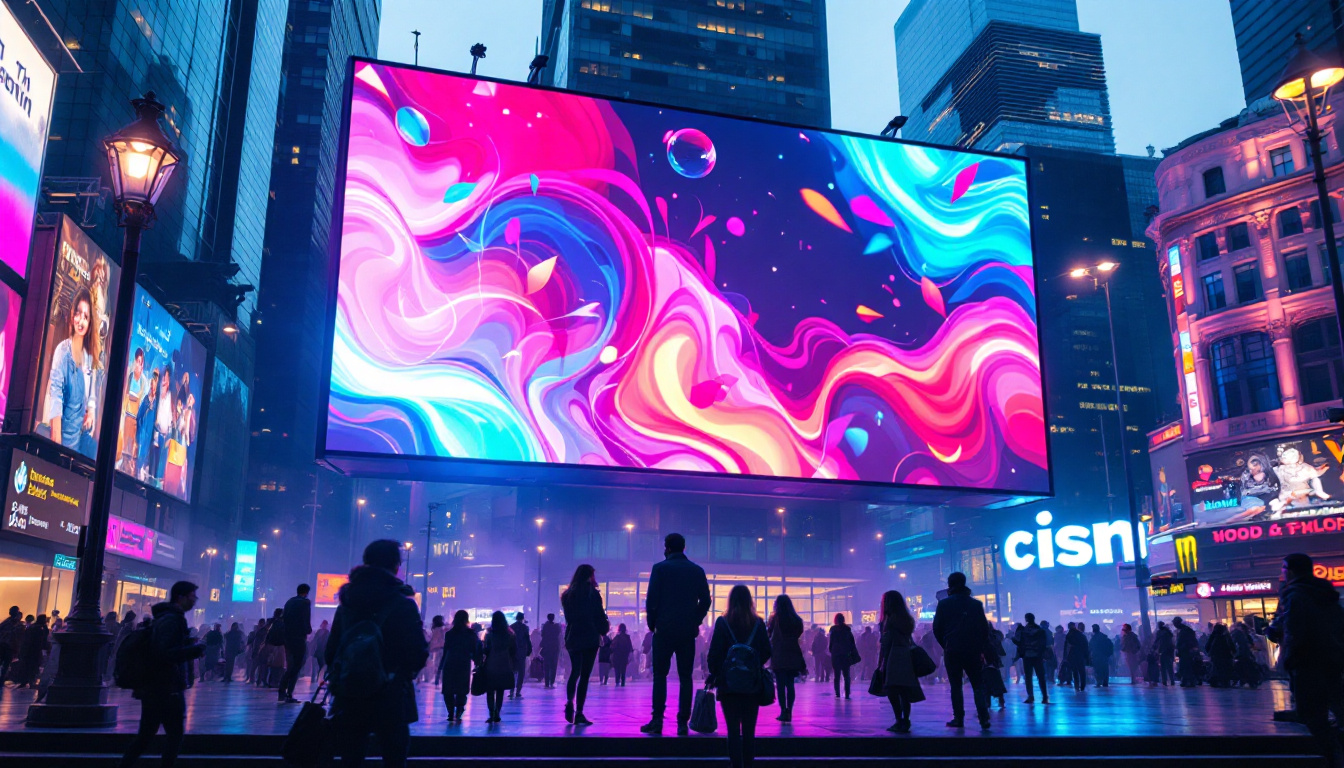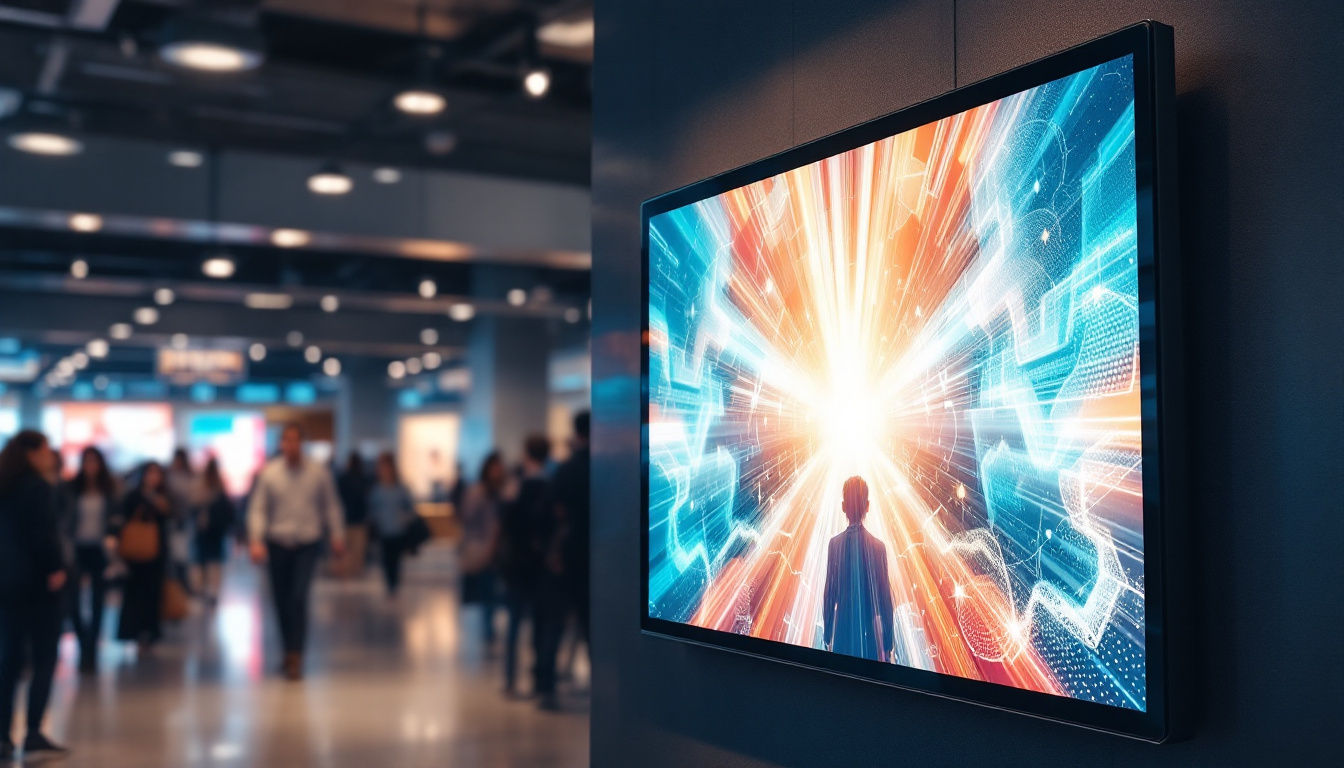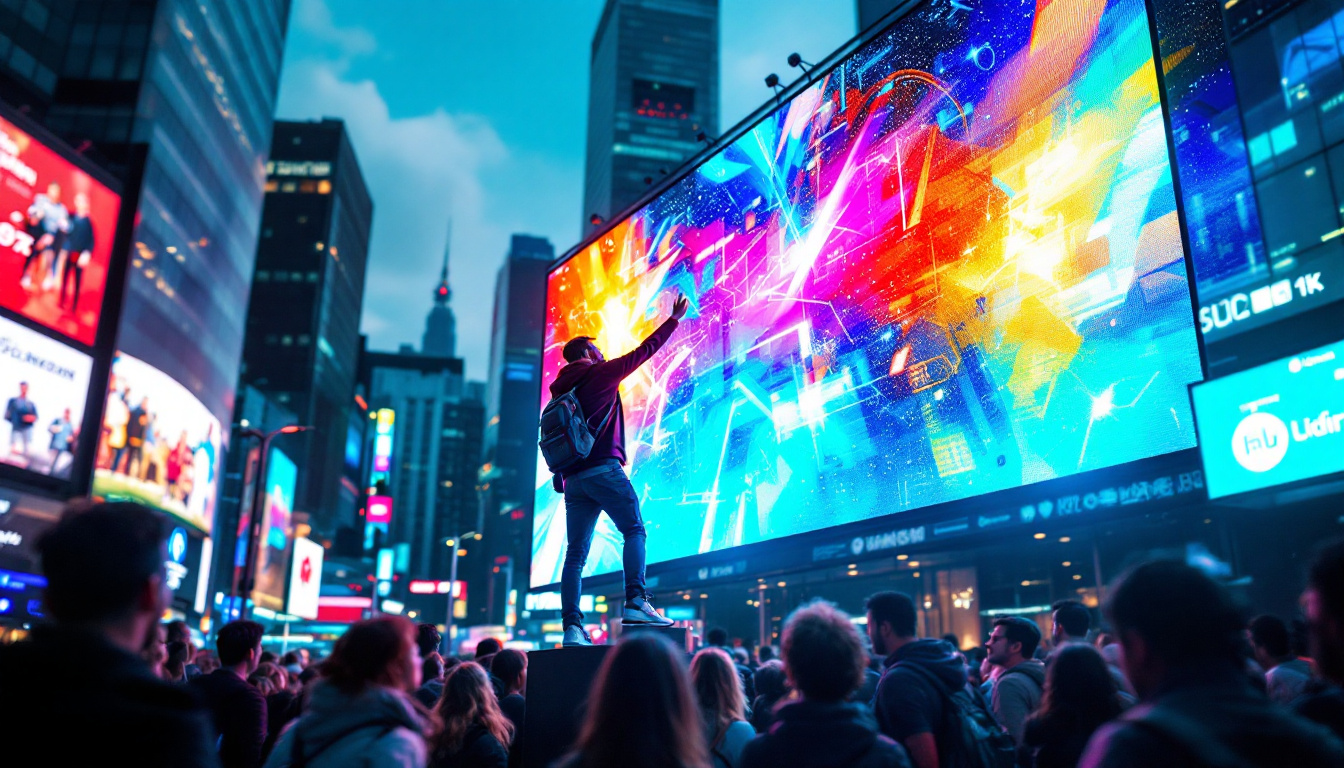Large TV Vs Projector: LED Display Explained
In the realm of home entertainment, the choice between a large television and a projector can be a daunting one. Both options offer unique advantages and disadvantages, making it essential for consumers to understand the nuances of each. This article delves into the intricacies of LED displays, comparing large TVs and projectors to help you make an informed decision.
Understanding LED Technology
Before diving into the comparison, it’s crucial to grasp the fundamentals of LED technology. LED, or Light Emitting Diode, is a type of display technology that has gained immense popularity due to its efficiency and vibrant picture quality. This technology has transformed the way we experience visual media, from home entertainment systems to professional displays in theaters and arenas.
How LED Displays Work
LED displays utilize a series of diodes to produce light. In most cases, these diodes are arranged in a grid, allowing for precise control over brightness and color. The result is a display that can achieve deep blacks and brilliant colors, making it ideal for various viewing environments. The ability to control each pixel individually enables a level of detail and clarity that was previously unattainable with older display technologies.
In televisions, LEDs are often used in conjunction with LCD technology, where the LED backlight enhances the overall picture quality. On the other hand, projectors use LED as a light source to project images onto a screen or wall, creating a larger viewing experience. This versatility means that LED technology can be adapted to a wide range of applications, from small screens in mobile devices to massive outdoor billboards that capture the attention of passersby.
Advantages of LED Technology
LED technology offers numerous benefits, including energy efficiency, longevity, and superior color accuracy. Compared to traditional incandescent bulbs, LED lights consume significantly less power, making them an environmentally friendly choice. This energy efficiency not only reduces electricity bills but also lowers carbon footprints, contributing to a more sustainable future.
Furthermore, LED displays have a longer lifespan, often exceeding 25,000 hours, which means less frequent replacements. This durability is particularly appealing for both large TVs and projectors, ensuring that users can enjoy their devices for years to come. Additionally, the robust nature of LED technology allows for greater resistance to shock and vibration, making it suitable for mobile applications and outdoor installations. As a result, LED technology is not just a choice for home entertainment; it is rapidly becoming the standard in commercial and industrial settings as well, where reliability and performance are paramount.
Large TVs: The Pros and Cons
Large televisions have become a staple in many households, offering a range of features and capabilities. However, like any technology, they come with their own set of advantages and disadvantages.
Advantages of Large TVs
One of the most significant advantages of large TVs is their ease of use. Setting up a TV is typically a straightforward process; simply plug it in, connect to your cable or streaming service, and you’re ready to go. This simplicity appeals to a wide range of consumers, from tech-savvy individuals to those who prefer a more traditional viewing experience.
Additionally, large TVs provide excellent picture quality, especially with advancements in 4K and 8K resolution. The clarity and detail offered by these high-resolution displays can enhance the viewing experience, making it particularly enjoyable for watching movies, sports, or playing video games.
Disadvantages of Large TVs
Despite their many benefits, large TVs do have some drawbacks. One of the primary concerns is the size and weight of these devices. A large TV can be cumbersome to move, and finding an appropriate space for it can be challenging, especially in smaller rooms.
Moreover, while large TVs can provide an immersive experience, they may not match the cinematic feel of a projector in a darkened room. The viewing angles and brightness can also be affected by ambient light, which can detract from the overall experience.
Projectors: The Pros and Cons
Projectors offer a different approach to home entertainment, providing a unique viewing experience that can rival that of large TVs. However, they also come with their own set of pros and cons.
Advantages of Projectors
One of the most notable advantages of projectors is their ability to create a large screen experience. With the right setup, a projector can display images up to 300 inches or more, making it ideal for movie nights or sports events with friends and family.
Projectors also tend to be more portable than large TVs. Many models are lightweight and easy to transport, allowing users to set up a viewing experience in various locations, whether it’s in the backyard or a friend’s house.
Disadvantages of Projectors
Despite their impressive capabilities, projectors do have some limitations. One major drawback is the need for a dark environment to achieve optimal picture quality. Ambient light can wash out the image, making it less vibrant and detailed.
Additionally, setting up a projector can be more complex than a large TV. Users must consider screen placement, distance from the wall, and the need for additional equipment, such as a sound system, to enhance the audio experience.
Comparing Picture Quality
When it comes to picture quality, both large TVs and projectors have their strengths. Understanding these differences can help consumers make a more informed choice based on their viewing preferences.
Brightness and Color Accuracy
Large TVs generally excel in brightness and color accuracy. With advancements in technology, many modern TVs offer high brightness levels, making them suitable for well-lit rooms. The color reproduction on large TVs is often more consistent, providing a reliable viewing experience regardless of the content.
Projectors, while capable of producing stunning images, can struggle in bright environments. Many projectors require a dark room to deliver the best performance, as ambient light can significantly impact the image quality. However, high-end projectors can still offer impressive color accuracy and contrast, particularly in controlled lighting conditions.
Resolution and Detail
Resolution plays a crucial role in picture quality. Large TVs often come equipped with 4K or even 8K resolution, providing an incredibly detailed image that enhances the viewing experience. This level of detail is particularly beneficial for high-definition content, such as streaming services or Blu-ray discs.
Projectors have also made significant strides in resolution, with many models now offering 4K capabilities. However, it’s essential to consider the distance from the screen and the size of the projected image, as these factors can influence perceived detail.
Sound Quality Considerations
While picture quality is often the focus of comparison, sound quality is another critical aspect of the viewing experience. Both large TVs and projectors have different approaches to audio output, which can impact overall enjoyment.
Audio Output in Large TVs
Large TVs typically come with built-in speakers that can deliver decent sound quality for everyday viewing. However, many consumers find that the audio output from built-in speakers may not be sufficient for an immersive experience, especially when watching action-packed movies or sports.
To enhance sound quality, many users opt for external sound systems, such as soundbars or home theater systems. These additions can significantly improve audio performance, creating a more engaging viewing experience.
Audio Output in Projectors
Most projectors do not come with built-in speakers that can match the quality of a large TV. As a result, users often need to invest in external audio solutions to achieve optimal sound quality. This requirement can add to the overall cost and complexity of setting up a home theater system.
However, many projectors do offer audio output options, allowing users to connect to external speakers or sound systems easily. This flexibility can lead to a more tailored audio experience, depending on the user’s preferences and budget.
Cost Considerations
When considering a large TV versus a projector, cost is often a significant factor. The initial investment and potential ongoing expenses can vary widely between the two options.
Initial Costs
Large TVs can range significantly in price, depending on size, brand, and features. While budget-friendly options exist, high-end models with advanced technology can be quite expensive. Consumers should consider their viewing habits and preferences when determining how much to invest in a large TV.
Projectors also come in a wide range of prices, from affordable entry-level models to high-end options with advanced features. While the initial cost may be lower for some projectors, it’s essential to factor in the cost of additional equipment, such as screens and sound systems, which can increase the overall investment.
Long-Term Costs
In terms of long-term costs, large TVs generally require less maintenance and fewer additional purchases. With built-in features and the ability to connect directly to streaming services, users can enjoy a comprehensive viewing experience without needing to invest in additional equipment.
Projectors, on the other hand, may incur ongoing costs related to bulb replacements and maintenance. Depending on usage, projector bulbs may need to be replaced every few thousand hours, adding to the overall cost of ownership. Additionally, the need for external audio systems can further increase long-term expenses.
Final Thoughts: Making the Right Choice
Choosing between a large TV and a projector ultimately depends on individual preferences, viewing habits, and the intended use of the device. Both options offer unique advantages and disadvantages, making it essential to weigh the pros and cons carefully.
For those who prioritize ease of use, consistent picture quality, and a straightforward setup, a large TV may be the ideal choice. Conversely, if creating a cinematic experience with a massive screen is the primary goal, a projector could be the better option.
Ultimately, understanding the nuances of LED technology and considering factors such as picture quality, sound, cost, and personal preferences will guide consumers in making the best decision for their home entertainment needs.
Explore LumenMatrix LED Display Solutions
Whether you’re leaning towards a large TV or a projector for your home entertainment, the quality of your LED display can make all the difference. LumenMatrix, a pioneer in LED display technology, offers a wide array of solutions tailored to your needs. From immersive Indoor LED Wall Displays to dynamic Outdoor LED Wall Displays, and from versatile Vehicle LED Displays to innovative Custom LED Displays, LumenMatrix has the perfect option to elevate your viewing experience. Experience the future of visual engagement with our cutting-edge LED display modules. Check out LumenMatrix LED Display Solutions today and transform your space into a captivating visual spectacle.

